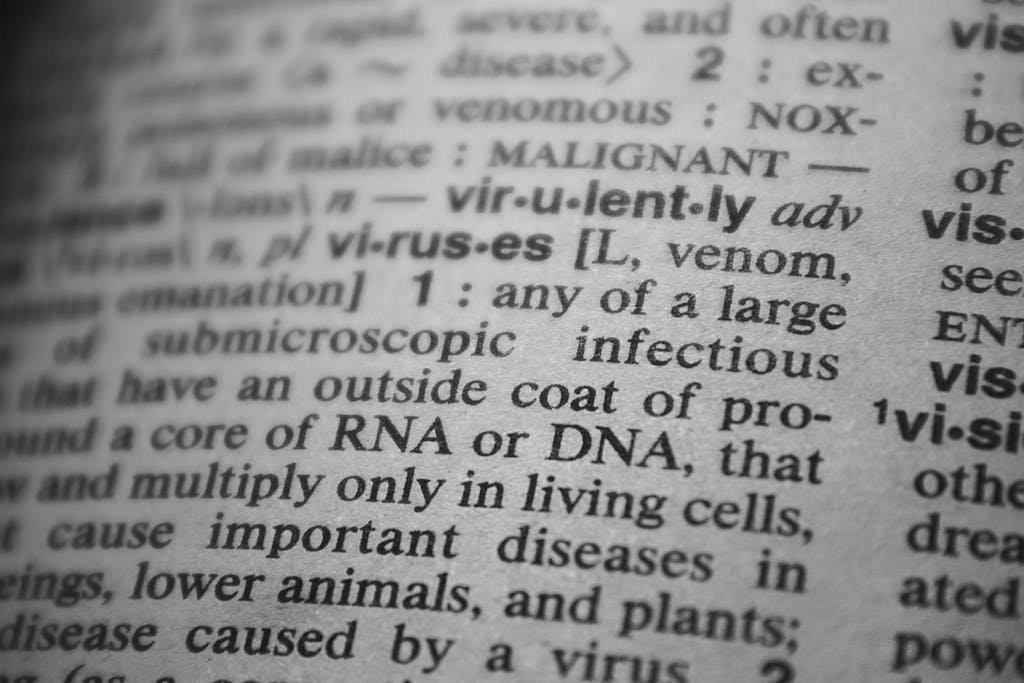12th biology chapter 4 MCQs (Molecular Basis of Inheritance)
Molecular Basis of Inheritance, a critical chapter in Class 12 Biology, deals with DNA, RNA, genetic code, replication, and gene expression. To help you master this topic, we’ve compiled a rich collection of 12th biology chapter 4 MCQs (Molecular Basis of Inheritance) available as PDF downloads, online tests, and detailed answer keys. These resources are perfect for NEET, CBSE Class 12, and self-study revision.
Whether you’re a topper or a beginner, these NEET MCQs are designed to strengthen your understanding and improve your exam performance.

12th biology chapter 4 MCQs (Molecular Basis of Inheritance)
Q1. Griffith worked on ………….
a. Bacteriophage
b. Drosophila
c. Frog eggs
d. Streptococci
Answer : d
Explanation: Griffith used two strains of pneumococcus (Streptococcus pneumoniae) bacteria which infect mice – a type III-S (smooth) which was virulent, and a type II-R (rough) strain which was nonvirulent.
Read: Biology MCQ for Board Exams
Q2. The molecular knives of DNA are …………..
a. Ligases
b. Polymerases
c. Endonucleases
d. Transcriptase
Answer: c. Endonucleases
Explanation: Endonucleases are enzymes that cleave the phosphodiester bond within a polynucleotide chain, acting as “molecular knives” to cut DNA at specific sequences. Ligases join DNA fragments, polymerases synthesize new DNA strands, and transcriptase is involved in transcribing RNA from DNA.
Read: Reproduction in plants MCQ
Q3. Translation occurs in the ……………
a. Nucleus
b. Cytoplasm
c. Nucleolus
d. Lysosomes
Answer: b ( Cytoplasm )
Explanation: In a eukaryotic cell, transcription occurs in the nucleus, and translation occurs in the cytoplasm.
Read: Reproduction in Animals MCQ
Q4. The enzyme required for transcription is ………………
a. DNA polymerase
b. RNA polymerase
c. Restriction enzyme
d. RNAase
Answer: B
Explanation: RNA polymerase is the main transcription enzyme. Transcription begins when RNA polymerase binds to a promoter sequence near the beginning of a gene (directly or through helper proteins).
Read: Biotechnology MCQ
Q5. Transcription is the transfer of genetic information from …………..
a. DNA to RNA
b. tRNA to mRNA
c. DNA to mRNA
d. mRNA to tRNA
Answer: a. DNA to RNA
Explanation: Transcription is the process where genetic information is copied from DNA to RNA. The RNA sequence is complementary to the DNA template strand. This process is crucial for gene expression.
Q6. Which of the following is NOT part of protein synthesis?
a. Replication
b. Translation
c. Transcription
d. All of these
Answer: a. Replication
Explanation: Protein synthesis involves transcription (DNA to RNA) and translation (RNA to protein). Replication, which is the process of copying DNA to produce two identical DNA molecules, is not a part of protein synthesis.
Q7. In the RNA molecule, which nitrogen base is found in place of thymine?
a. Guanine
b. Cytosine
c. Thymine
d. Uracil
Answer: d. Uracil
Explanation: In RNA, uracil (U) is used instead of thymine (T), which is found in DNA. During the synthesis of RNA, adenine pairs with uracil instead of thymine.
Q8. How many codons are needed to specify three amino acids?
a. 3
b. 6
c. 9
d. 12
Answer : 3
Explanation: Three codons are needed to specify three amino acids. Codons can be described as messengers that are located on the messenger RNA (mRNA). It is a sequence of three nucleotides that code for one specific amino acid; therefore, every three nucleotides represent one codon
Q9. Which of the following is NOT an example of an inducible operon?
a. Lactose operon
b. Histidine operon
c. Arabinose operon
d. Tryptophan operon
Answer: Tryptophan operon
Explanation: Explanation: Lactose operon, galactose operon, and maltose operon are examples of inducible operons.
Q10. Place the following event of translation in the correct sequence
i. Binding of met-tRNA to the start codon.
ii. Covalent bonding between two amino acids.
iii. Binding of the second tRNA.
iv. Joining of small and large ribosome subunits.
A. iii, iv, i, ii
B. i, iv, iii, ii
C. iv, iii, ii, i
D. ii, iii, iv, i
Answer: B. i, iv, iii, ii
Explanation: The correct sequence of events during translation is as follows:
Binding of met-tRNA to the start codon (i).
Joining of small and large ribosome subunits (iv).
Binding of the second tRNA (iii).
Covalent bonding between two amino acids (ii).
Molecular Basis of Inheritance Objective Questions PDF download
Molecular Basis of Inheritance MCQ Questions Answers PDF
Molecular Basis of Inheritance MCQ self study
Molecular Basis of Inheritance MCQ PDF for NEET
Molecular Basis of Inheritance MCQ topper
Molecular Basis of Inheritance MCQ Online Test
Class 12th Biology Chapter Molecular Basis of Inheritance MCQ
Molecular Basis of Inheritance MCQ NEET
